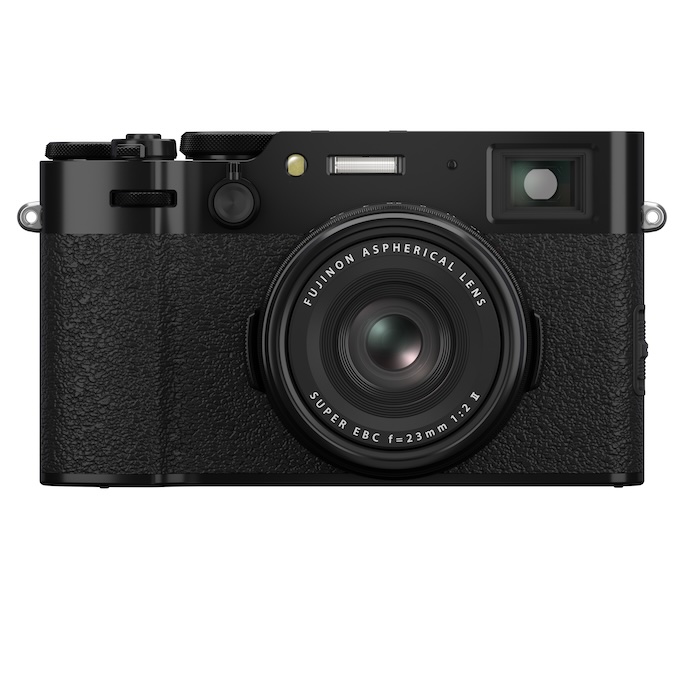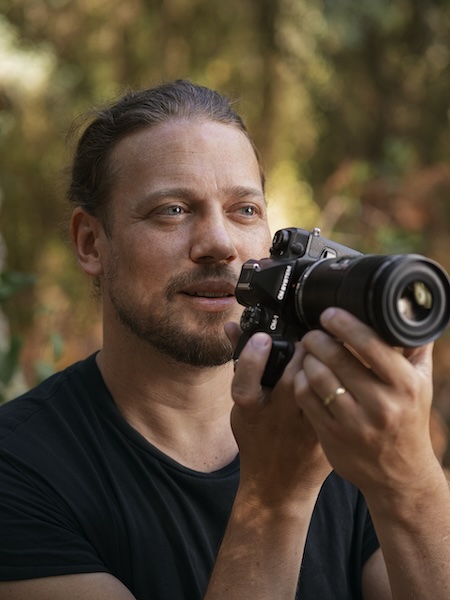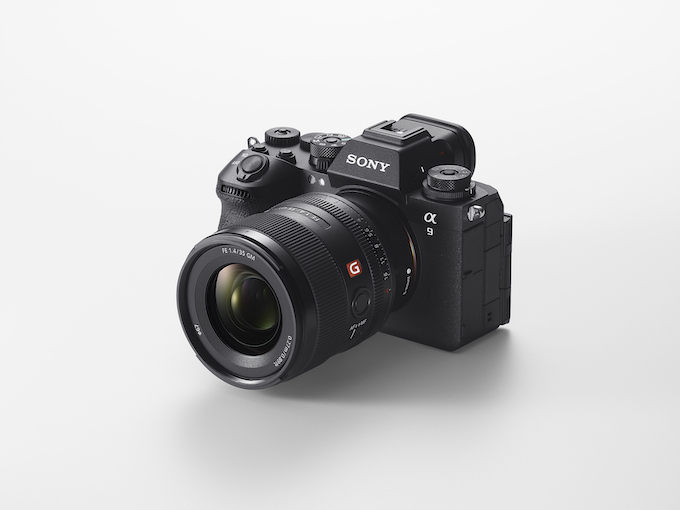Gear
If the new Fujifilm GFX 100S medium-format mirrorless camera, launched at the end of January, got you thinking of it as a GFX 100 “mini-me,” you wouldn’t be far off. Yes, the ergonomics have changed, it’s a compact body, and you’ll save about $4,000 off the price of the GFX 100 (which was released in 2019 for $9,999.95). But the GFX 100S offers many of the same features as its GFX 100 sibling, including its 102-megapixel sensor, and, no doubt, the same excellent image quality.

[Watch: Clever Fujifilm Video Reveals GFX 100S Rumors Were True]
The most obvious difference between the two is the GFX 100S’s compact size and weight. At 5.9 x 4.09 x 3.4 inches and weighing just 1.9 pounds—that’s about 2.3 inches and 1.1 pounds lighter—the GFX 100S body better resembles a full-frame DSLR model rather than a medium- or large-format camera.
Fuji redesigned the GFX 100S’s five-axis in-body image stabilization to fit with the camera’s more compact design. It’s 20 percent smaller and 10 percent lighter but delivers six stops of image stabilization, which is 0.5 stops better than the GFX 100.
[Read: Fujifilm’s GFX Medium-Format Roadmap Adds 3 New Lenses]
Using on-sensor phase detection that covers almost 100 percent of the sensor, the GFX 100S can, according to Fuji, acquire focus in as little as 0.18 seconds, even in low light. The camera’s X-Processor 4 and an updated focus tracking algorithm enhances the performance of its tracking and Face/Eye autofocus.
For an extra creative touch, a new film simulation mode has been added: Nostalgic Neg. Reminiscent of American New Color Photography, which emerged in the 1970’s, this brings the total film simulation modes on the GFX 100S to 19.
Video specs are quite good, including the ability to capture 4K/30p. Footage can be recorded to an SD card or to an external recording device via the camera’s HDMI port.
While the EVF is slightly lower resolution and the GFX 100S comes with only a single battery (instead of the two with the GFX100), you’ll get about 460 shots on a single charge.
The demand for the GFX 100S appears to have exceeded the company’s expectations, as witnessed by the “notice of delay” on its website last month. We recently asked the company how they’re responding to the high number of orders for the GFX 100S and here’s what they had to say:
“We are pleased that orders received for the GFX 100S globally have exceeded our expectations. To meet this high demand, we have increased production capacity. As always, delivery times may vary depending upon geographical location, and when the order was placed, but we are constantly monitoring production trends and modifying accordingly in order to best meet the demand.”
As of now, Adorama and B&H still list the GFX 100S as shipping beginning on March 11, for $5,999.
fujifilm.com





